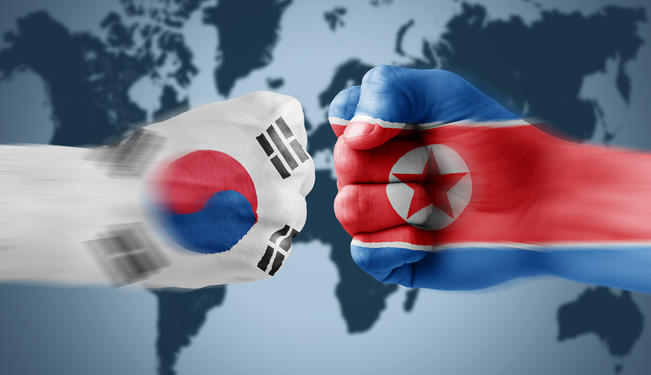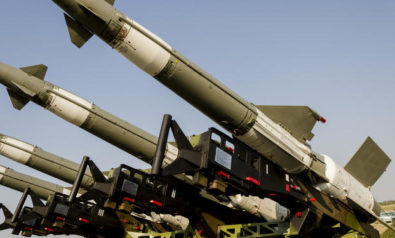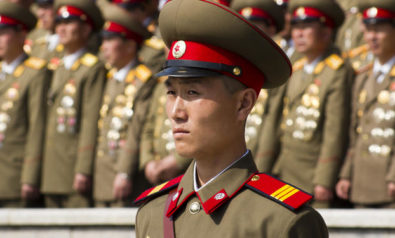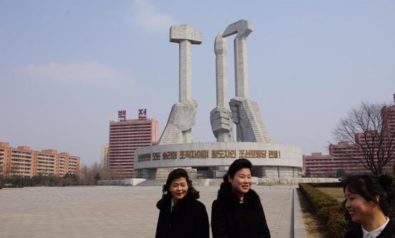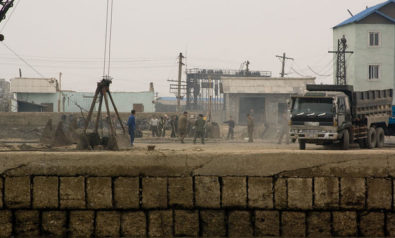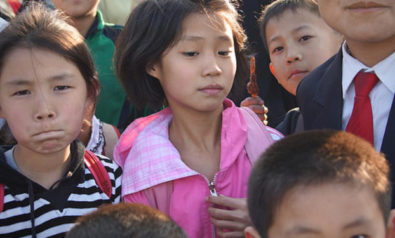
As tension between North and South Korea continues, an armed conflict, however contained, can potentially wreak havoc in the Korean Peninsula and the wider East Asian region.
Background
North Korea has continued its policy of aggressive posturing and combative rhetoric under new leader Kim Jong-un, albeit a note shriller than that of his father, the late Kim Jong-il. Against a strained history with South Korea, the communist state is now pushing the peninsula closer to conflict through renewed rhetorical blusters in recent months.
With peace in Asia at stake, South Korea, the US, and China are all pushing Pyongyang to back down in an effort to defuse tensions and avoid a shooting war. Whether or not the young North Korean leader, Kim Jong-un, intends on actualizing his threats, the situation remains vulnerable to escalation from even a minor incident.
The year 1953 saw a stalemated end to a war on the Korea Peninsula between South Korea backed by its western allies, including the US, and North Korea (DPRK), supported by its closest ally and neighbour China. The Korean Armistice Agreement ended hostilities and divided the peninsula along a demilitarized buffer zone without technically ending the war.
Since then, the DPRK’s aggressive rhetoric, marked by occasional conflicts with its southern neighbour, has peppered the backdrop of persistent tension on the Korean peninsula.
Today, a flourishing south — increasingly an integral component of the regional US political-strategic framework — continues to be protected by a small contingent of US troops. On the other side of the table, an economically degenerate and isolated Pyongyang relies on Beijing, its closest ally, both for trade and regional diplomacy. Decades of repressive rule, poor governance, and mismanagement of resources has left the country economically frail and heavily reliant on foreign aid to feed millions of its people. Intolerant of dissent, the communist regime has also been accused of systematic human rights abuse amid reports of slave labor camps, forced abortions, and public executions.
For decades, the totalitarian regime has used aggressive posturing and threat of nuclear war against Seoul and Washington as barter to secure more food aid and assistance. At the same time, the international community, spearheaded by the US, has used these opportunities to enforce stricter supervision of Pyongyang’s nuclear program and scaling down of hostilities in the peninsula, albeit with faltering success. Although the conventional military balance overwhelmingly favors South Korea, the proximity of the two nations, along with the north’s potential crude nuclear capability, would badly mar any southern victory with heavy casualties.
Beginning with a long-range missile test in December 2012, Kim Jong-un initiated an escalating series of threats against Seoul and Washington. In February 2013, Pyongyang conducted a nuclear test, its third in seven years, earning further UN sanctions shortly before South Korea and the US commenced their annual military exercises. Deepening the crisis further, North Korea also blocked South Korean workers from accessing Kaesong Industrial Park, one of the few remaining symbols of cooperation between the two neighbours, and threatened to strike Japanese and American military bases.
The standoff has prompted a flurry of diplomatic efforts, urging Kim Jong-un’s government to resume dialogue and diffuse tensions between the two Koreas.
Why is the Korean Standoff Relevant?
An armed conflict, however contained, can wreak havoc in the Korean Peninsula and the wider East Asian region. In view of already strained relations between China and Japan, any escalation in hostilities between north and south will not only disrupt trade, economy, and the fragile political balance in the region, it can also potentially create a humanitarian crisis. North Korea has one of the largest standing armies in the world and is older than the country itself. Even though it wields ageing and outdated equipment, the military organization still has a formidable cache of nearly 13000 artillery guns capable of hitting Seoul.
At the same time, the US — bound by its defence alliances with both Japan and South Korea — can ill-afford to get mired in a new conflict when it is already focusing on its exit from Afghanistan in 2014, and bringing a long and expensive military engagement to an end.
Moreover, any conflict arising from the current crisis will inevitably pit Washington against Beijing over several strategic issues and interests; a predicament the Obama administration will prefer to avoid at all cost. Although the possibility of an actual nuclear strike by North Korea remains highly remote, Pyongyang’s continued belligerence and aggressive posturing has nevertheless kept the stakeholders precariously on the edge.
Image: Copyright © Shutterstock. All Rights Reserved
For more than 10 years, Fair Observer has been free, fair and independent. No billionaire owns us, no advertisers control us. We are a reader-supported nonprofit. Unlike many other publications, we keep our content free for readers regardless of where they live or whether they can afford to pay. We have no paywalls and no ads.
In the post-truth era of fake news, echo chambers and filter bubbles, we publish a plurality of perspectives from around the world. Anyone can publish with us, but everyone goes through a rigorous editorial process. So, you get fact-checked, well-reasoned content instead of noise.
We publish 2,500+ voices from 90+ countries. We also conduct education and training programs on subjects ranging from digital media and journalism to writing and critical thinking. This doesn’t come cheap. Servers, editors, trainers and web developers cost money.
Please consider supporting us on a regular basis as a recurring donor or a sustaining member.
Support Fair Observer
We rely on your support for our independence, diversity and quality.
Will you support FO’s journalism?
We rely on your support for our independence, diversity and quality.

